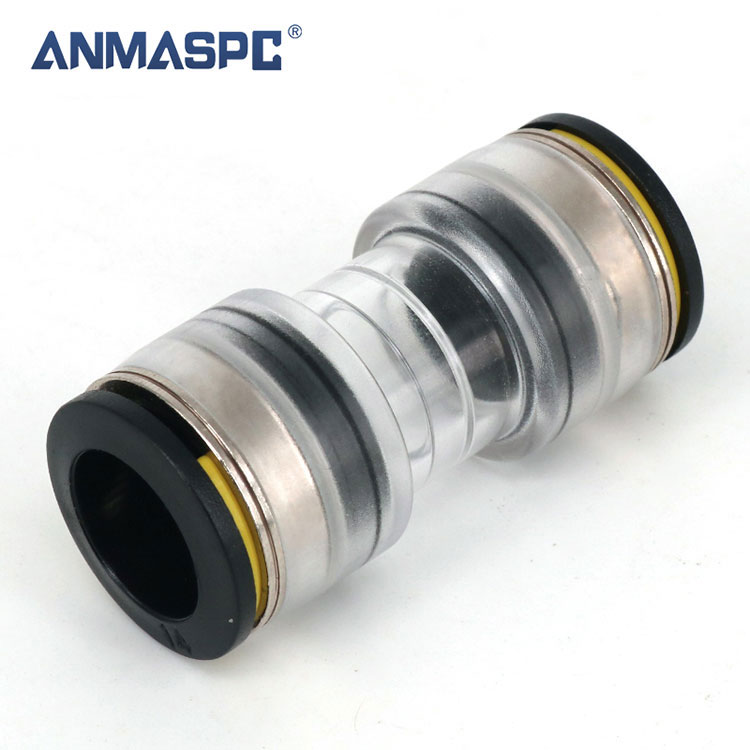Understanding the Role and Advantages of Multiple Microduct End Cap in Network Infrastructure
2025-06-12
In modern telecommunication networks, especially in fiber optic deployment, sealing and protecting the open ends of microducts is critical to ensure long-term system performance and stability. The Multiple Microduct End Cap is a specialized component engineered to terminate open-ended microduct tubes, preventing the intrusion of air, moisture, dust, or other external contaminants. While small in size, this device plays a significant role in safeguarding the integrity of both passive and active network components. Designed with precision and made of robust materials, this end cap not only offers a highly effective seal but also enhances the durability and safety of the entire ducting system.
One of the most notable features of the Multiple Microduct End Cap is its exceptional sealing performance. It is rated to operate within a pressure range of 0 to 1.6MPa, with tested tightness between 0.15 and 0.8MPa without leakage. It also withstands a proof pressure of 2.5MPa and a pull test strength of up to 400N, providing high mechanical resilience against internal and external stress. These performance specifications ensure that even in demanding environments such as underground duct banks or exposed outdoor installations, the end cap maintains a secure and leak-proof seal over the long term.
To meet the demands of fast-paced installations, the Multiple Microduct End Cap comes preassembled with security clips, streamlining the assembly process and eliminating the need for additional tools or complex adjustments. The insertion force is limited to 50N (approximately 5kg), making it suitable for both experienced technicians and new installers. This "plug-and-play" functionality reduces installation time and labor costs, which is especially beneficial during large-scale fiber optic rollouts.
Durability is a key consideration in outdoor or harsh operating conditions. This is where the Multiple Microduct End Cap truly excels. It has an IP68 protection rating, indicating that it is completely dust-tight and capable of withstanding prolonged immersion in water. Its UV resistance grade of F1 ensures that it does not degrade when exposed to sunlight, maintaining performance in above-ground installations for years. Moreover, it is built to withstand a wide ambient and fluid temperature range of -40℃ to +60℃, making it reliable in both extremely cold and hot climates. The installation temperature window of -10℃ to +50℃, along with a recommended blowing temperature range of -15℃ to +35℃, further extends its usability in real-world projects across various seasons and environments.
One of the most important aspects of any product used in regulated infrastructure projects is compliance with international standards. The Multiple Microduct End Cap fully conforms to EN 50411-2-8, a European standard that specifies the general requirements and test methods for fiber optic connection components. This ensures interoperability with other compliant products and systems, making the end cap a versatile solution for global deployment in telecom networks.
The lifespan of the end cap is another important metric. With a projected service life of up to 25 years, it offers long-term value and reduces the need for future maintenance or replacement. For engineers and contractors involved in network planning and infrastructure development, such longevity translates directly into lower operational costs and higher system reliability.
In terms of application scope, the Multiple Microduct End Cap is widely used in the telecommunications industry, particularly in fiber-to-the-home (FTTH), fiber-to-the-building (FTTB), and fiber-to-the-curb (FTTC) projects. It is also suitable for underground duct networks, data centers, industrial control systems, and broadband rollouts in rural or urban areas. Beyond telecommunications, it can be employed in any microduct or fluid conduit system requiring precise sealing, such as in aerospace, railway signaling, or municipal infrastructure projects.
In conclusion, the Multiple Microduct End Cap may be a relatively simple component, but it is indispensable for maintaining the performance, longevity, and safety of fiber optic and other ducted cable systems. By preventing leakage and contamination, reducing installation time, and withstanding extreme environmental conditions, it supports the overall reliability and efficiency of network infrastructure. Whether you're a telecom operator, network installer, or infrastructure planner, integrating high-quality microduct accessories like this one into your system design is a smart investment for the future.



